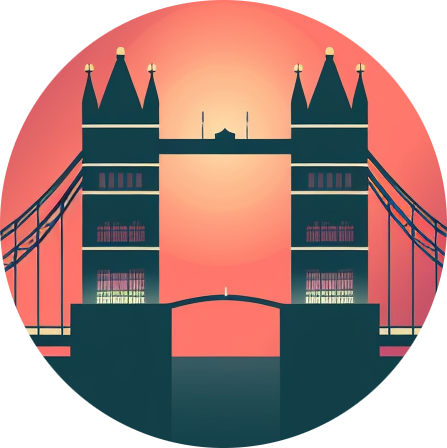cross-posted from: https://lemmy.world/post/11502130
ON FRIDAY, MAY 3, 1337, Chaplain John Ford was strolling down the bustling market street of London Cheapside during golden hour—when three men assaulted him. As one man stabbed Ford in the throat with an 11-inch-long dagger, the other two slashed his stomach open. Ford was left to die in a puddle of blood under the arches of what once was Greyfriars Church as the assailants escaped. Among the crowds, a hatter, a rosary-maker, and a third man called for help.
When local officials filed a report detailing the murder, a mysterious “longstanding dispute” was mentioned alongside one name: the rich and famous Ela FitzPayne.
But what could the churchman possibly have done for the noblewoman to order the man’s murder in broad daylight on a crowded London street?
These are the kinds of questions that Manuel Eisner, the deputy director of the Cambridge Institute of Criminology, asks himself daily. In 2018, Eisner founded the Medieval Murder Maps—an interactive medieval murder map plotting the sudden deaths of thousands across the medieval towns of London, York, and Oxford. For Eisner, cracking 700-year-old cold cases, like the murder of John Ford, can provide an invaluable snapshot into medieval life, helping us understand the origins of the modern criminal justice system, what life was like for the past’s everyday people, and how crime patterns have, or haven’t, changed.
“I call it a distant mirror,” says Eisner. “You don’t just read it as violence. You have these little stories that are taking you on a time travel [adventure].”


https://bookshop.org/p/books/a-fatal-thing-happened-on-the-way-to-the-forum-murder-in-ancient-rome-emma-southon/17177216?ean=9781419753060
“A Fatal Thing Happened On The Way To The Forum.” Murder in Ancient Rome, because why not?